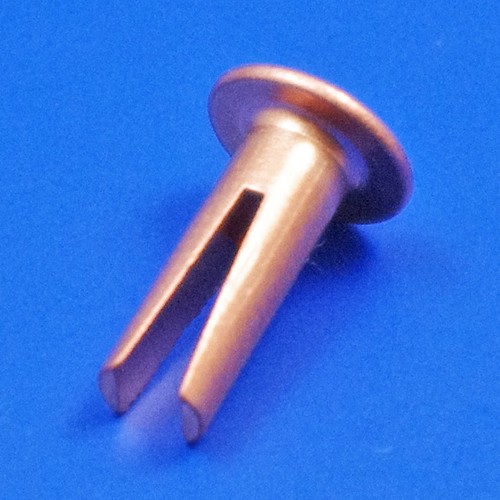
Read Also: 25 Different Types of Nails and Their Uses Types of Rivets The joint has been riveted in this manner. The tail then takes the shape of a dumbbell. If you pound or pull the tail flat on one end and make a new head on the other end, you can create a dumbbell-sized rivet. It will increase in size by about 1.5 times its original size.

It is common for the tail of the rivet to unfold or spread when you pound or smash it. Once the rivet is in place, the tail appears at the other end with a deformed shape.

To better secure the rivet, it fits in a hole that is drilled about 1.5 mm larger than the rivet’s actual diameter. This is so that it can be more widely used and is much simpler. The most common riveting method involves drilling a hole in the component that will be riveted. You can attach rivets by drilling, punching, or by inserting them into a hole and distorting the tail. In the construction of machines and structures, rivets are very important fasteners.

Read Also: Essential Types of Electrician Tools Explained How Does A Rivet Work? A rivet is known by its roundness, length, and shape of the head. It is inserted into holes of two plates, and the head is made by beating its tail. The part below its center is called the tail. The part below the rivet is called the shank or body. The uppermost part of the rivet is called the “head.” These are made of different types according to different jobs.


 0 kommentar(er)
0 kommentar(er)
